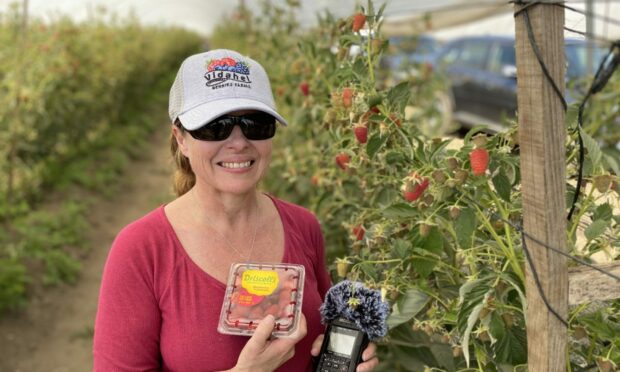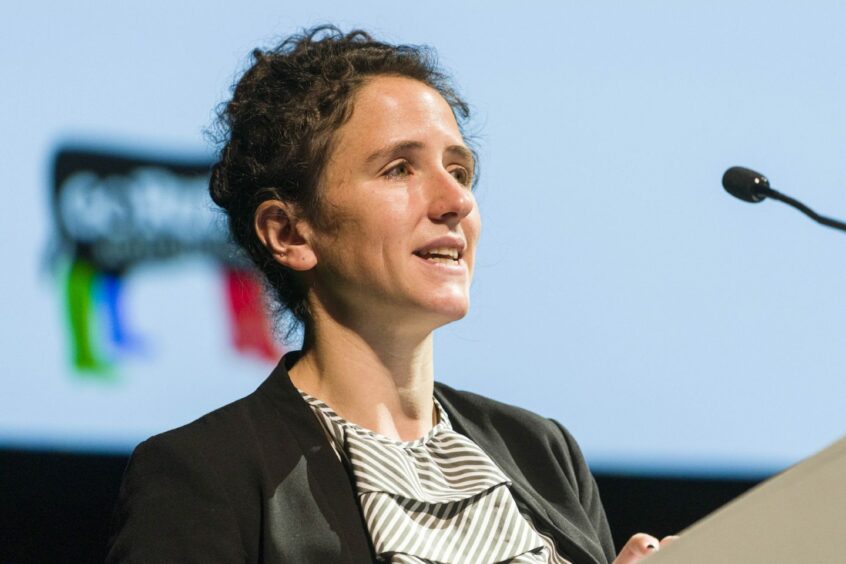Supporters of Brexit promised so much and while we all have our views on what it has delivered, one promise was that it would bring a new era of more open trade with other nations.
As part of my work, I travel, and it’s given me an insight into commonalities on how other countries approach their international agri food trade agreements.
My most recent trip was to Jalisco in Mexico, one of the nation’s most productive states. Jalisco’s many microclimates, resulting from terrain, and altitude, and its subtropical climate, makes it a production powerhouse of everything from dairy, cereals, and corn, to bananas, berries, and avocados.
It makes me ask, what can we take from what these countries do so well and replicate in developing future trade deals for Scotland?
One company we visited, Los Cerritos, an avocado producer, harvests all year round, their seasonality achieved by having orchards at different altitudes, yet all within 30km of one another.
Three themes for long-term trade success
For Mexico, their biggest export market for food and drink is the USA, followed by Canada. Whatever the country, I see three persistent themes underpinning successful long-term trade:
1. Production must meet highest global standards
Firstly, world trade means producing to the highest of global standards, including those with environmental and social emphasis.
Los Cerritos – which works in partnership with a global berry grower, Driscoll’s – is exemplary in how they support their staff – with purpose-built residential units, health and childcare – and their environmental credentials, it is the first production company to achieve Rainforest Alliance accreditation, amongst many other international assurances.
2. Successful trading nations capitalise on the production capabilities
Secondly, successful food trading nations capitalise on the country’s production capabilities, including harnessing seasonality, access to resources and minimising costs of production.
For South Africa, international food trade is dominantly in fresh produce; for the US it is commodity crops like corn and soya, and for Scotland it is our red meat, seafood, and whisky.
3. Trade works best with ease of access
Thirdly, trade works best when there’s a win/win ease in accessing markets for both parties – both politically and physically.
For the Dutch, innovation, and highly efficient shipping routes out of ports like Rotterdam help to make it the second largest food trading country in the world, after the USA.
For Mexico, bordering the US means that a truckload of Los Cerritos’ avocados can be across the border and into American supply chains within hours.
There must be deep pride in agrifood sector
What is more variable, and volatile, the world over is the trade-offs both parties need to agree to in negotiations, minefields that the UK is encountering with its forays into developing post-Brexit agreements with the USA and Australia.
Mexico and the USA have their own share of heated political discussions, including the latest, Mexico’s decree to ban the import of GM corn over the coming years, which dominantly comes from the US, and the persistent, complex political ‘football’ concerning the movement of people – legal and illegal – across the Mexican/US border.
What’s clear from what I’ve seen is that the most successful agrifood trade happens only when there is deep pride and belief in a nation’s agrifood sector, shared by policymakers, trade bodies and farmers.
That all parties recognise what products are most valuable and respected by a potential trading nation and reaching a binding consensus – including domestically – on what trade-offs everyone is prepared to accept.
But ultimately success comes down to agrifood not being treated as a pawn to be forfeited for the sake of other sectors and people wanting to fight hard to do the deal, with the utmost of diplomacy and the strongest of negotiation.
In my opinion, the best food trading nations I’ve seen are New Zealand, South Africa and the Netherlands, and with Jalisco’s farmers, agribusinesses and political representatives seemed to be working in harmony, with a shared vision, this province has an important future in world food trade.
It makes me ask, what can we take from what these countries do so well and replicate in developing future trade deals for Scotland?



Conversation